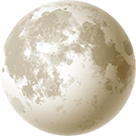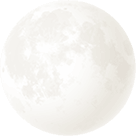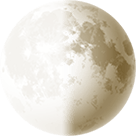Monthly star guide - What to see in March Night Sky (2023)What to see in the March night sky including Moon phases, vernal equinox, planet guide and Deep Space Objects.
March Moon Phases
March's full moon is called the Worm Moon after the worm trails that would appear in the newly thawed ground. Other names include the chaste moon, death moon, crust moon and sap moon, after the tapping of the maple trees.
Full Moon and New Moon for March 2023

March 2023 Full MoonWed 8th Mar

March 2023 Last QuarterWed 15th Mar

March 2023 New MoonWed 22nd Mar

March 2023 First QuarterWed 29th Mar
Notable Events in March
The 20th of March is the March Equinox. The March equinox occurs at 15:24 UTC. The Sun will shine directly on the equator and there will be nearly equal amounts of day and night throughout the world. This is also the first day of spring (vernal equinox) in the Northern Hemisphere and the first day of fall (autumnal equinox) in the Southern Hemisphere.
March Planets
Mercury will be visible in the evening sky towards the end of the month and will be close to Jupiter on the 27th.
Venus is always brilliant, shining with a steady, silvery light. Mornings in the eastern sky at dawn from early January through to mid-June. In the first week of March Venus and Jupiter will pass close to each other.
Mars is visible in the night sky from January to mid-July, then shifts to the morning sky from mid-Oct to the end of December. On 30th March Mars will be near cluster M35, although a bright moon nearby may hinder observations.
March Meteor Showers
There are no notable meteor showers in March.
March Deep Space Objects
February and March are good times to observe the Beehive cluster (M44) in Cancer as it will be high in the sky. It is visible with the naked eye from a dark site, and a superb star cluster to observe in a small telescope.

February and March is also prime time for the Leo triplet of galaxies. Sitting about halfway between the stars Chertan and Iota Leonis, the three galaxies are a sight to behold as they all fit within the field of view of a small telescope.
If you're just beginning to observe galaxies then Messier M81 - Bode's Galaxy, and Messier M82 - Cigar Galaxy - in the constellation of Ursa Major are a nice bright pair to track down. They are located very close to one another, about 2° east of the star 24 Ursae Majoris.










